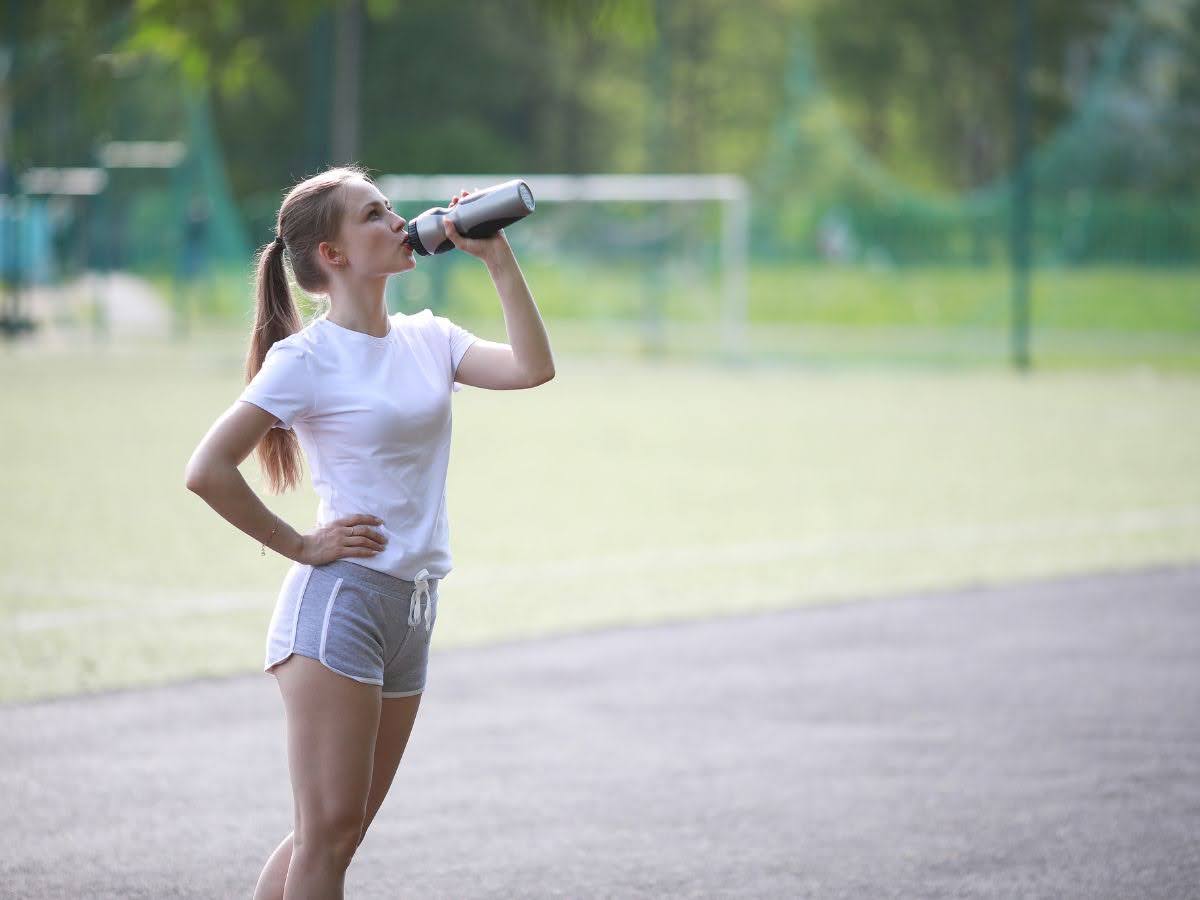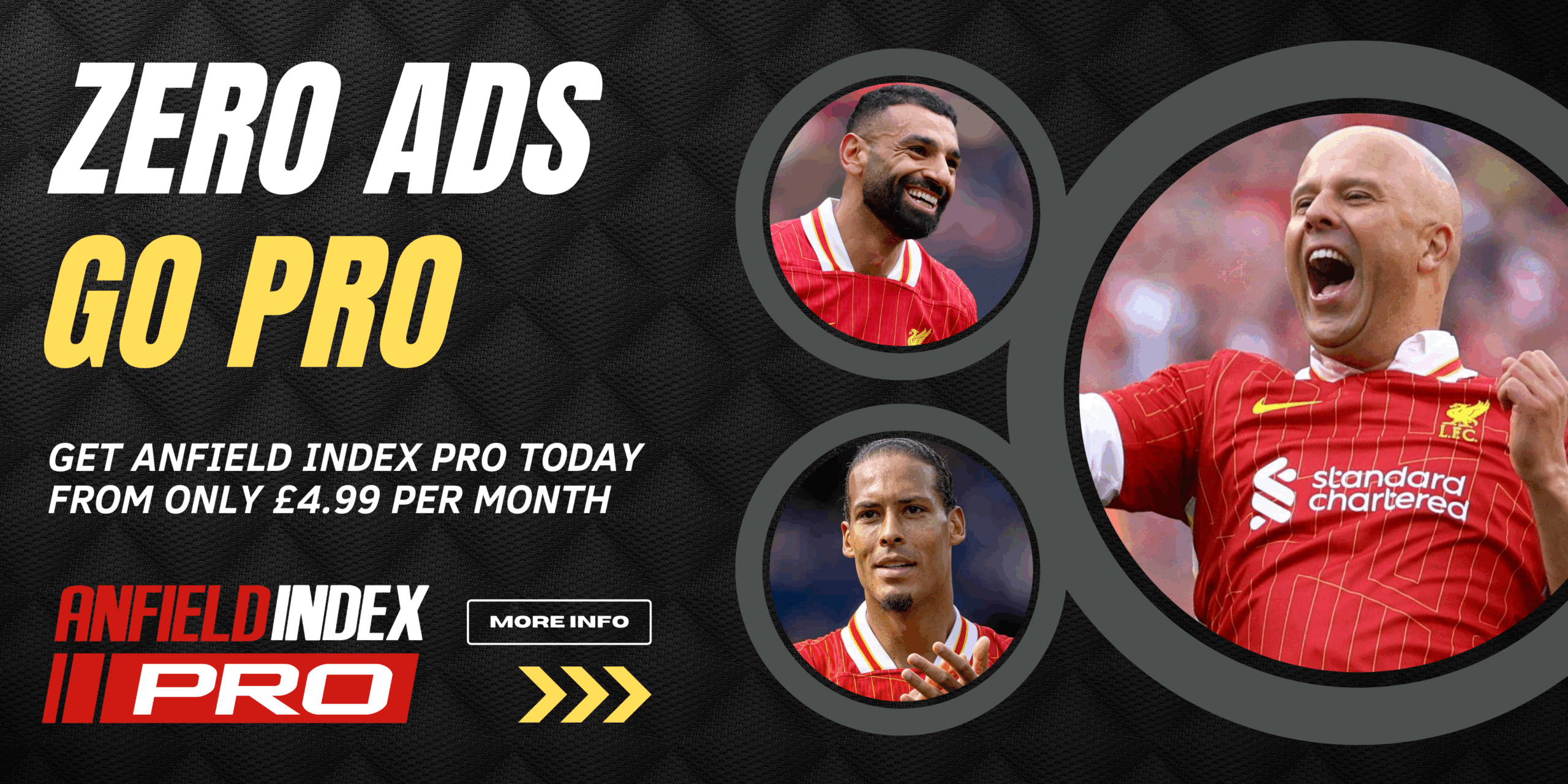The high-pressing game has become a defining feature of modern football, characterised by its relentless energy, tactical discipline, and collective intensity. This approach, famously perfected by a leading Merseyside club, is not merely a strategy for on-pitch success; it represents a pinnacle of physical conditioning. The explosive, repeated efforts required to execute a successful press find a direct parallel in the world of fitness through High-Intensity Interval Training (HIIT). This guide breaks down how the principles of this demanding football tactic can be adapted into a powerful and efficient HIIT regime, offering a pathway to enhanced stamina and performance-based health for athletes and fitness enthusiasts alike.
Understanding High Pressing
At its heart, high pressing is an aggressive, proactive defensive strategy. Instead of retreating into a defensive shell, teams push high up the pitch to confront their opponents as soon as possession is lost. It is a calculated hunt, where the nearest player initiates the chase, and teammates swarm in support, cutting off passing lanes and suffocating the opposition’s space. The rewards for this high-risk, high-reward approach are substantial: winning the ball closer to the opponent’s goal, generating immediate attacking chances, and imposing a physically and psychologically demanding pace on the game.
Why HIIT Echoes the Press
The physical demands of this tactical system are perfectly reflected in the structure of HIIT. A HIIT session is not a steady-state jog; it is a series of all-out sprints, powerful movements, and rapid changes of direction, punctuated by brief moments of recovery before the next intense burst. This work-rest-repeat cycle is the engine of the pressing game. Just as players must operate at their physiological ceiling, HIIT pushes your body into an adaptive state, forcing it to become stronger, faster, and more efficient at recovery. It is a workout built on the same principles of intensity and relentless effort.
The Science Behind HIIT
How HIIT Functions
HIIT sessions are famously efficient, typically lasting between 15 and 30 minutes. This brevity is possible because of the intensity involved. The training involves short intervals of work, from 20 to 75 seconds, performed at or near maximum capacity, followed by periods of active recovery. These explosive efforts push your heart rate above 80% of its maximum, recruiting both your aerobic (oxygen-using) and anaerobic (non-oxygen) energy systems. This dual-system training is key to its effectiveness, dramatically improving cardiovascular capacity, stimulating fat loss, and building lean muscle endurance. For those with demanding schedules, such as busy parents, HIIT provides a powerful workout solution without a significant time commitment.
Benefits for Footballers and Fitness Enthusiasts
The time-efficient nature of HIIT makes it an ideal choice for anyone looking to achieve significant fitness gains without spending hours in the gym. The benefits are extensive, including enhanced cardiovascular health, superior calorie burn that continues long after the session ends, and the development of functional, powerful muscle. For footballers, the translation is direct: HIIT improves the ability to perform repeated sprints, recover faster between plays, and resist fatigue late in the game—all essential qualities for executing a suffocating press.
Pressing-Inspired HIIT: Key Principles
Intensity
The press is an all-or-nothing commitment, and the same applies to HIIT. During the work intervals, your effort should be maximal. This means pushing yourself into the “very hard” zone of exertion, aiming for a heart rate of 90% of your maximum during explosive movements like sprints or burpees. It is this intensity that triggers the profound physiological adaptations.
Work-to-Rest Ratio
The rhythm of the press—a furious sprint followed by a quick reorganisation—can be simulated through carefully managed work-to-rest ratios. A 1:1 ratio, such as 30 seconds of work followed by 30 seconds of rest, is a classic starting point. More advanced protocols, like the 2:1 ratio of Tabata (20 seconds on, 10 seconds off), further challenge the body’s recovery systems. The key is to find a ratio that allows you to maintain maximum quality and effort throughout every interval.
Exercise Selection
Your exercise choice should mirror the dynamic, multi-directional movements of a footballer. Favour compound, full-body exercises that build functional power and agility. Sprints, shuttle runs, burpees, box jumps, and lateral bounds are all excellent choices. These movements build the explosive strength and stamina needed to transition from defence to attack in an instant.

Sample HIIT Programme: Press Like the Reds
The table below presents a progressive eight-week HIIT programme designed to build the physical attributes required for a high-intensity pressing game. Each session involves repeated intervals of maximal work followed by active recovery, designed to systematically improve your fitness.
| Weeks | Sets | Exercise/Rest (sec) | Intensity (% max) | Rest (min) |
| 1–2 | 4 | 30:30 | 100:50 | 5 |
| 3–4 | 6 | 30:30 | 100:50 | 5 |
| 5–6 | 6 | 30:30 | 100:50 | 5 |
| 7–8 | 6 | 30:30 | 100:50 | 5 |
Each session can feature a rotation of exercises like sprinting, high-knee running, or squat jumps. The work interval should be performed at maximum effort, while the recovery period should involve light activity like walking or jogging to aid recovery.
Building the Engine: Strength and Conditioning
A successful press is built on a foundation of raw power and agility. To complement your HIIT sessions, integrate resistance training with exercises like squats, deadlifts, and kettlebell swings. These movements build the core strength and explosive capacity needed to win physical duels. Plyometric drills, such as box jumps and broad jumps, will sharpen your ability to accelerate and change direction with game-changing speed.
Sustaining the Pace: Endurance and Recovery
Pressing is not just about isolated sprints; it is about having the endurance to repeat them for an entire match. HIIT is exceptional at building both aerobic and anaerobic endurance, enabling you to perform at a high intensity with less drop-off in performance. However, intense work must be balanced with smart recovery. Prioritise dynamic stretching, proper hydration, and sufficient sleep to ensure your body can repair and adapt.
Forging the Mindset: Mental Toughness
Executing a high-intensity press requires immense mental fortitude. HIIT training cultivates this same resilience. By repeatedly pushing your body to its limits and learning to tolerate discomfort, you build the mental toughness to stay focused and disciplined when fatigued—a quality that separates good athletes from great ones.
Conclusion
The high-pressing game has become a defining feature of modern football, a testament to what can be achieved with organised intensity, teamwork, and supreme physical conditioning. By adopting its principles into your own training through HIIT, you can bring that same drive and efficiency to your fitness journey. Whether you are an athlete striving for a competitive edge or someone seeking the most effective path to better health, training like the Reds offers a blueprint for success.Embrace the intensity, push your limits, and transform your fitness one interval at a time.




